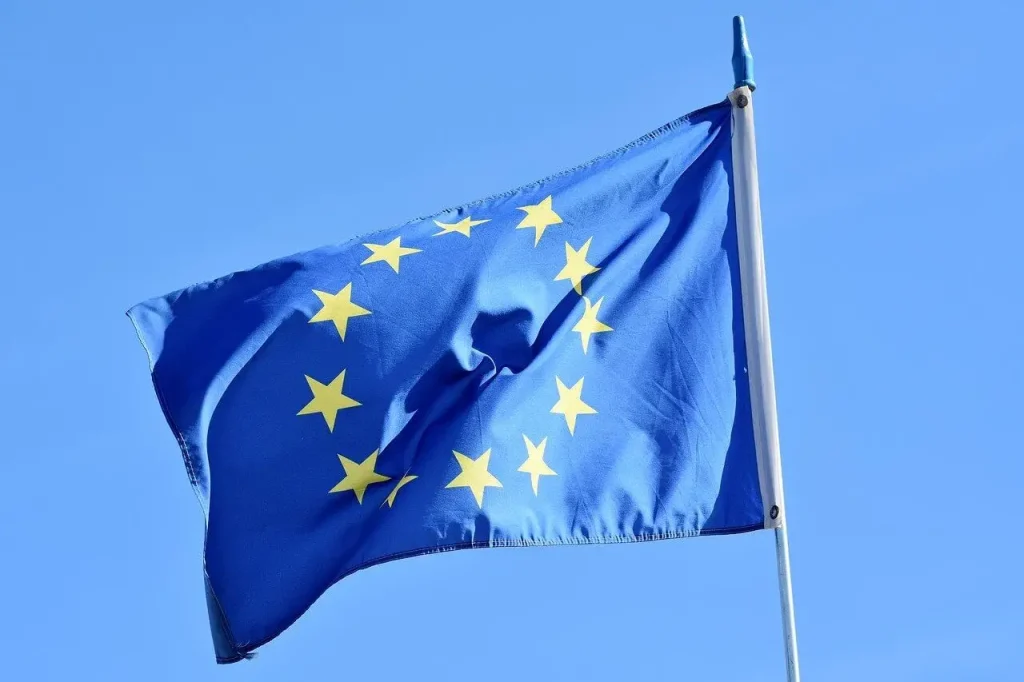The minister noted that EU funds were changing Croatia for the better in all its parts.
“I want their impact to be felt by every citizen, and for them to stop negative demographic trends and bring back people who are now emigrating,” the minister said, noting that she had personally planned operational programs for the regions of Slavonia, Baranja, and Srijem.
Surplus won’t go to waste.
From 2014 to 2020, Croatia had at its disposal €10.7 billion of EU funds as part of the European Commission’s cohesion policy, designed to help reduce differences between developed and undeveloped parts of the EU.
Projects contracts in the amount of 115% of the allocation have been signed, and in that regard, Croatia is at the very top in the EU, together with Ireland, Greece, Portugal, and Finland. Those countries, too, have signed project contracts whose value exceeds the amounts allocated to them.
The contracted surplus will be carried over to the new period, which began in 2021 and will last until 2027.
“Those projects will be carried over to the next period. There won’t be any delays. We are talking about large projects such as railway infrastructure and water utility projects,” she said.
The value of those projects exceeds €50 million. Small projects will continue as planned ad they should be completed by the end of 2023, the minister said.
“I believe that by then, we can implement all the contracted projects and thus absorb the entire financial envelope,” said Tramišak.
While project contracting was satisfactory, what was problematic for smaller project beneficiaries was the slow payment of money into their accounts, with 50% of the €10.7 billion having been paid so far, which puts Croatia at the bottom of the EU ranking, along with Spain, Slovakia, and Romania.
In October, the European Commission said that this was because public procurement procedures in Croatia last long and that the Croatian administration imposes complex procedures on beneficiaries.
“Those procedures have been simplified, and they were made public in December, so every user knows how the body in charge of checking their costs and activities will act. We have also simplified procurement procedures for entrepreneurs. The conditions now are minimal,” says the minister.
She notes that since she took office in August 2020, the amount paid to end-users has grown from 33% to 50%.
“We will continue additionally simplifying the procedures,” she said, adding that there were no delays in payments.
Five goals
In the period from 2021 to 2027, Croatia will have €9.6 billion for cohesion policy goals.
The EC has requested from Croatia a list of priority areas for co-financing in that period. When the list is submitted and the EC approves it, the two sides will sign a strategic agreement, after which Brussels will start approving individual projects.
The minister said the list would be submitted by June.
Project proposals will have to meet one of the five goals set by the new EU regulations, and those are a smarter Europe, a greener Europe, a more connected Europe, a more social Europe, and a Europe closer to citizens.
Emphasis has been put on research, innovation, a stronger economy, enterprise and health system, science and education, and social care.
Investments in the infrastructure of towns, municipalities, and counties will continue through a special fund, said Tramišak.
The biggest project co-financed by the EU in Croatia so far is the Pelješac Bridge. For the time being, it is not known whether there will be any new major infrastructure projects.
“A decision on strategic projects has not been made yet. It will probably be discussed in the next two to three months, and the government will decide what those big projects will be. We will then know how much money we have in each operational program, and we will see if there will be any major projects like before,” said Tramišak.
Once the programming period is over, project beneficiaries will have three more years to complete them until the end of 2030.
Earthquakes
Due to last year’s earthquakes, Croatia was forced to seek help from the EU Solidarity Fund, with €683.7 million having been paid into the state budget to help remove damage caused by the 22 March 2020 earthquake in Zagreb.
“Those funds are now available for the reconstruction of Zagreb and its environs, and project calls have been published, contracting will start soon. We have until mid-2022 to use the money,” she said.
Last week, Croatia sent a request for additional aid from the Solidarity Fund to Brussels, asking for €319.19 million to help remove damage caused by earthquakes Sisak-Moslavina County at the end of last year, and it remains to be seen how much money the EU will grant.
“We expect payments from the European budget very soon, during this year,” the minister said.
Croatia is also a member of two EU macroregional strategies, the Adriatic-Ionian and the Danubian strategy, as part of which the EC finances cross-border projects.
Tramišak notes that most funding goes for cooperation with Bosnia and Herzegovina and Montenegro as part of that European territorial cooperation.
She says that €186 million will be available in the coming period for cross-border cooperation projects focusing on environmental protection, infrastructure, tourism, education, and connecting people.
For more news, follow TCN’s dedicated page.









